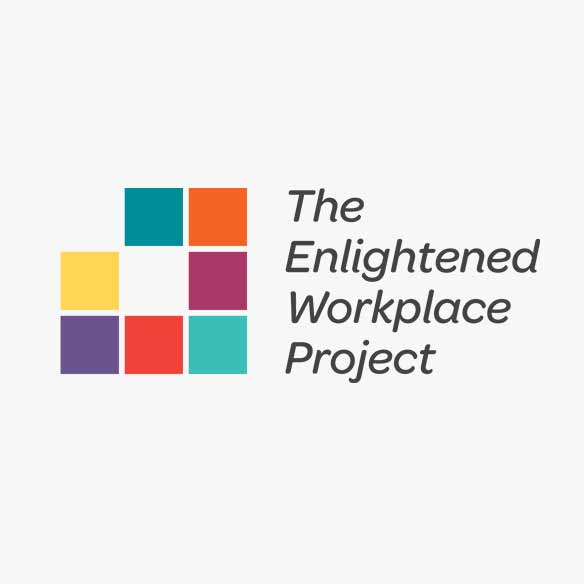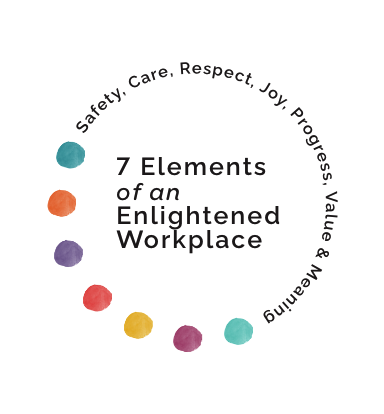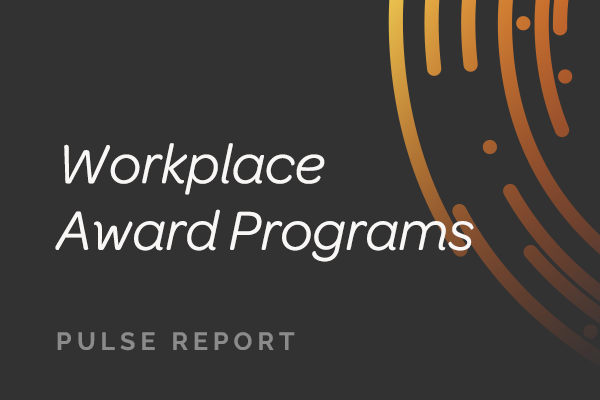

Decision-making is a part of life. Whether in your role as a leader or manager or just in your day-to-day life, you make a lot of decisions. Some of them will have an effect on your business, and many will affect people on a personal level. So the way you go about making decisions is worth examining.
Enlightened decision-makers arrive at decisions using a combination of intuition and rationality. They seek input from key stakeholders and have the humility and self-assurance to recognize when they don’t have all of the information they need. When it comes to rationality versus intuition in decision-making, is one better than the other, or is there an ideal mix of the two?
Rational decision-making can be defined as data-based, calculated and head-based, while intuitive decision-making is based more on gut and instinct. Most experts agree that good decisions employ a mixture of the two. However, many leaders give more weight to the importance of their intuition in decision-making. There’s a good reason for this.
Intuitive vs. Rational Decision-making
Because our emotions and instincts emerge from our unconscious mind, from our internal supercomputer, they reflect more information processing than our rational mind. Researchers have discovered that the brain processes far less information than the body. While the conscious mind can only process about 50 bits of information per second, the human body processes 11 million bits of information per second. This means that the intuitive body intelligence is 220,000 times more effective than the conscious rational brain.[1] This helps explain why animals can sense an earthquake before it happens or why the hair on your arm stands up when danger is present even before you are cognitively aware of it.
Enlightened leaders also look at the broader impacts of their decisions beyond how they will be affected personally, with an eye toward moving in the direction that has the greatest positive impact for the greatest number of people.
To analyze if a decision is indeed having the highest positive impact for the highest number of people, consider some possible questions that leaders can ask themselves through the lens of The 7 Elements of an Enlightened Workplace.
Some possible questions include:
- What is the impact of this decision on the physical or emotional safety of those it affects? Safety
- Am I considering all of the people this decision will impact? Care
- Does this decision respect the needs and differences of the myriad and diverse groups of people that it affects? Respect
- Is there an opportunity to increase joy (or, at least, decrease suffering) with this decision? Joy
- Does this decision allow for forward movement, even if incremental? Progress
- How does this decision take into account the contributions of the stakeholders? Value
- In what ways can this decision support the purpose or mission of the organization/team/individual? Meaning

Decisions made by those in power can have far-reaching implications for the audiences those decisions impact, thus care and standards for how those decisions are reached is imperative.
“It is only in our decisions that we are important.”
– Jean-Paul Sartre
Learn about The 7 Elements of an Enlightened Workplace:
See Also:
Contributors:
Kristin Brownstone
Vice President, Strategist
Kristin has nearly 30 years of experience helping billion-dollar companies make a positive impact on the world. A certified executive coach, author, public speaker and Sparketype Advisor, her expertise has been sought out by leaders at Adobe, Apple, CEMEX, Amazon and numerous other businesses.








